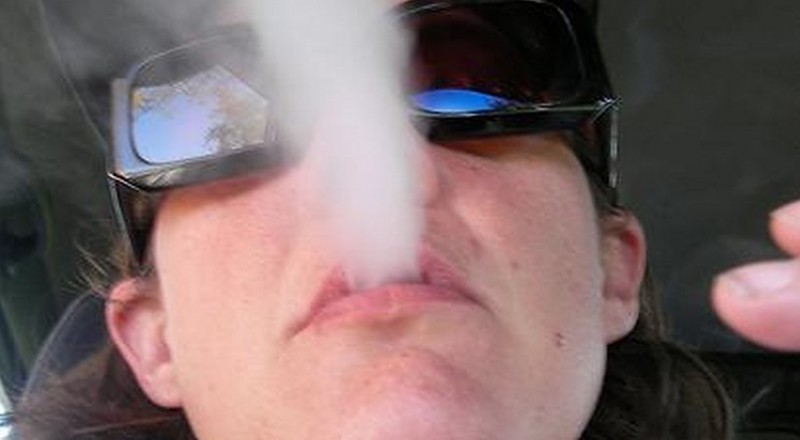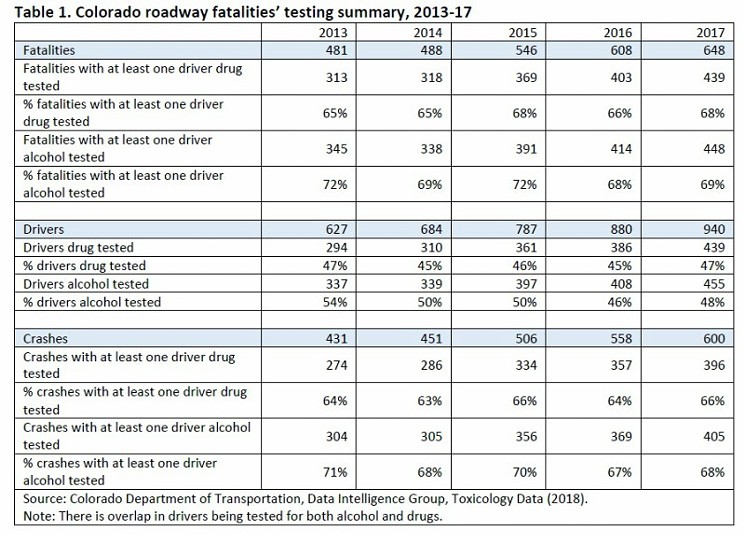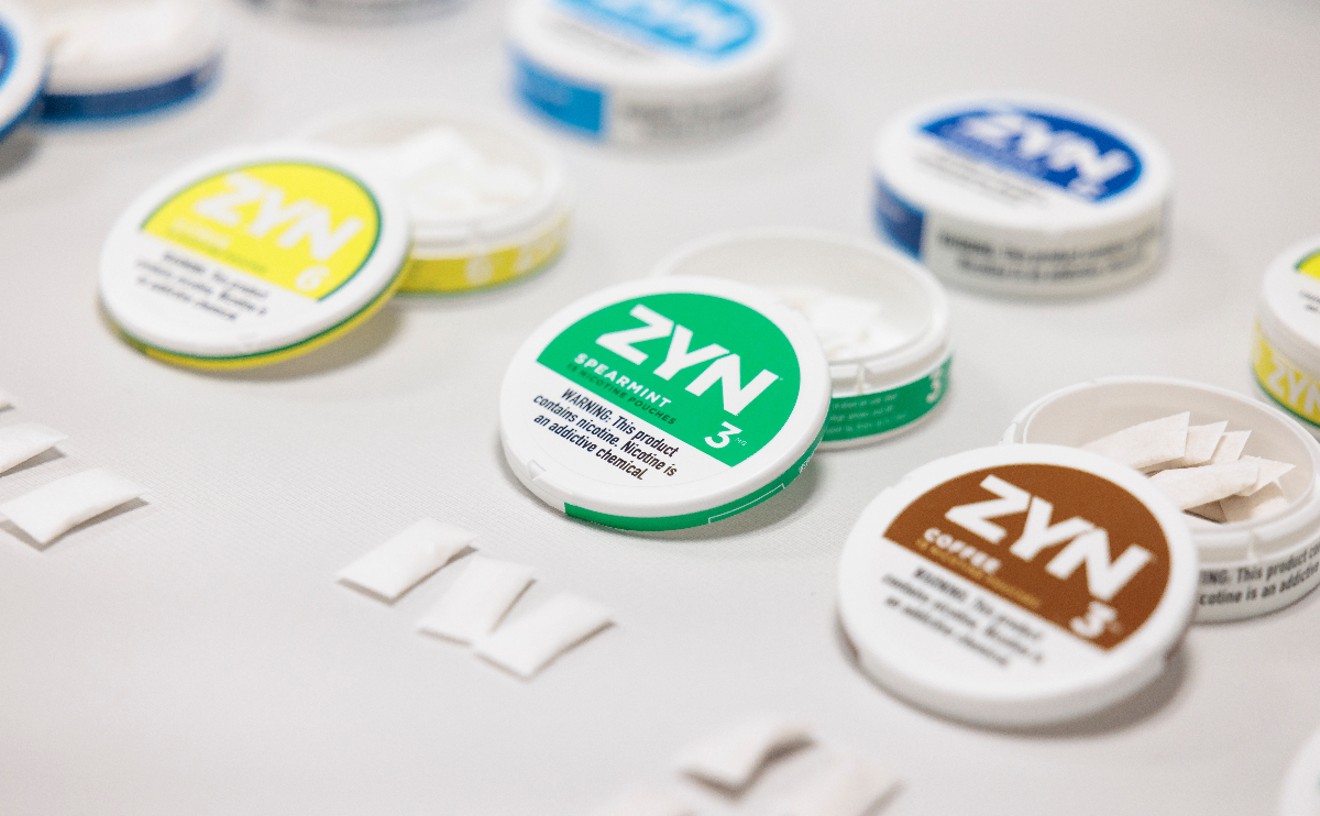The number of fatalities involving at least one driver over the legal limit for marijuana impairment in Colorado went down from 2016 to 2017. However, such fatalities are up during the same period for those testing positive for cannabis use at levels either above or below that limit. And the inconsistencies in regard to the collection of the information makes the scope of the issue unclear.
Those are among the revelations contained in new data from the Colorado Department of Transportation. But while CDOT spokesperson Sam Cole acknowledges that its digits leave plenty of room for interpretation, he doesn't see any ambiguity when it comes to the bottom line.
"Marijuana and driving is still a huge problem in Colorado," Cole maintains. "About 10 percent of our fatalities involve a driver who was at or above the legal limit for active THC, and we need to get that number way down. Any fatality above zero is one fatality too many."
He acknowledges that "alcohol is the bigger problem, but marijuana can be incredibly dangerous, too, and has proven to be incredibly dangerous on our roadways."
Pinpointing the level of danger remains difficult, though. As you can see by the following table, the percentage of traffic fatalities in which at least one driver was drug-tested hovered between 65 and 68 percent from 2013 to 2017, and the percentage of actual drivers drug-tested was lower, vacillating between 45 and 47 percent. Alcohol testing was a bit higher by each metric: 68 to 72 percent in fatalities, 46 to 54 percent when counting drivers.
Here's a table showing the results:
Cole's comment that alcohol is currently more problematic than marijuana in terms of traffic fatalities is borne out by the following table.
As you can see, fatalities involving a driver with a blood alcohol content of .08 or above, the legal limit for intoxication in Colorado, has ratcheted up steadily over the three most recent years for which final digits were available — 151 in 2015, 161 in 2016 and 171 in 2017 — even as their percentage of the overall total slipped by 1 percent each year.
Colorado has also set a legal limit for marijuana intoxication: 5 nanograms per milliliter of blood. This standard has been controversial from the beginning, with plenty of experts arguing that it's far less definitive than alcohol testing because of the way Delta-9 THC, the active ingredient in cannabis, can linger in the system of users for days or even weeks.
Nonetheless, the number of fatalities involving a driver who tested positive for 5 nanograms or more of Delta-9 THC actually dropped from 2016 (52, or 13 percent of the total) to 2017 (35, or 8 percent.)
This table shows those results:
Seems straightforward? Well, this is where things get tricky.
The following graphic demonstrates that the number of fatal crashes in which cannabinoids alone were involved went up each year from 2013 to 2017 — though that includes drivers who were under or over the 5-nanogram limit. And the same growth trend can be seen when marijuana was detected in combination with another drug, or with alcohol, or with both.
A similar upward movement can be seen in a graphic depicting fatalities in which drivers tested positive for cannabinoids alone or as part of a cocktail of additional substances. But again, it's important to note that the marijuana figures represent any trace of Delta-9 THC, whether it's enough for the driver to be considered legally impaired in Colorado or not.
The final graphic shows the fatality totals for those with less than 1 nanogram of Delta-9 THC per milliliter of blood, as well as individuals who tested positive for between 1 and 4 nanograms, people at 5 nanograms or above, and the combined totals. But the numbers don't show in what instances alcohol or other drugs were involved, or at what levels they were present.
That means it's impossible to know if marijuana was the primary cause of the fatality or a contributing factor — and if the latter, to what degree.
Rather than trying to make sense of these assorted elements, the pot-hating Colorado Springs Gazette chose to frame them in the most negative way possible, as indicated by its recent headline "Colorado Traffic Deaths Involving Marijuana Rise Again."
For his part, Cole attempts to contextualize the figures. "We only have two years' worth of data on the active THC above the legal limit," he concedes, "and two years does not make a trend. But that two years' worth of data is an indication that there is a problem in Colorado with marijuana and driving, and we need to continue to address it from a safety standpoint. Too many drivers think it's safe to drive after using marijuana, and we're all paying the price. So I don't want anyone to look at the data and say, 'It's not as bad as alcohol or distracted driving or some of these other issues.' It's still bad, and we need to continue to enforce it in a serious and forceful way."
In his view, the decrease of fatalities involving drivers who tested above the legal limit for marijuana intoxication from 2016 to 2017 "could be an anomaly. But it's important to note that a lot of the fatalities we've pegged as alcohol fatalities involve marijuana, too. We know that when people mix marijuana and alcohol, it can amplify their impairment, just as alcohol is likely to do when it's present in marijuana fatalities. So it's not so cut and dried."
Under circumstances where drivers tested positive for multiple intoxicants, "we're not going to know exactly what substance it was that caused them to swerve off the road and kill somebody," Cole believes. "But we do know the driver was impaired and above the legal limit. And that's the important story to tell. If you want to stay safe and keep others safe, don't use any alcohol or drugs before driving."
[
{
"name": "Air - MediumRectangle - Inline Content - Mobile Display Size",
"component": "12017618",
"insertPoint": "2",
"requiredCountToDisplay": "2",
"watchElement": ".fdn-content-body",
"astAdList": [
{
"adType": "rectangle",
"displayTargets": "mobile"
}
]
},{
"name": "Editor Picks",
"component": "17242653",
"insertPoint": "4",
"requiredCountToDisplay": "1",
"watchElement": ".fdn-content-body",
"astAdList": [
{
"adType": "rectangle",
"displayTargets": "desktop|tablet"
},{
"adType": "rectangle",
"displayTargets": "desktop|tablet|mobile"
}
]
},{
"name": "Inline Links",
"component": "18838239",
"insertPoint": "8th",
"startingPoint": 8,
"requiredCountToDisplay": "7",
"maxInsertions": 25
},{
"name": "Air - MediumRectangle - Combo - Inline Content",
"component": "17261320",
"insertPoint": "8th",
"startingPoint": 8,
"requiredCountToDisplay": "7",
"maxInsertions": 25,
"watchElement": ".fdn-content-body",
"astAdList": [
{
"adType": "rectangle",
"displayTargets": "desktop|tablet"
},{
"adType": "rectangle",
"displayTargets": "desktop|tablet|mobile"
}
]
},{
"name": "Inline Links",
"component": "18838239",
"insertPoint": "8th",
"startingPoint": 12,
"requiredCountToDisplay": "11",
"maxInsertions": 25
},{
"name": "Air - Leaderboard Tower - Combo - Inline Content",
"component": "17261321",
"insertPoint": "8th",
"startingPoint": 12,
"requiredCountToDisplay": "11",
"maxInsertions": 25,
"watchElement": ".fdn-content-body",
"astAdList": [
{
"adType": "leaderboardInlineContent",
"displayTargets": "desktop|tablet"
},{
"adType": "tower",
"displayTargets": "mobile"
}
]
}
]


















